What is Fear Aggression in Dogs & How To Resolve It?
30.04.2022.
More than a million dogs are surrendered to shelters every year, many of them because of behavioral issues, such as aggressive behavior. Dogs aren't all aggressive because they've been trained to be or because they're acting out of hatefulness or instinct.
Fear in dogs can lead to various aggressive behaviors, including owner-directed aggression, possessiveness, and territoriality. Fear aggression is a prominent cause of dog violence.
Luckily, fear is manageable, provided we know why they're afraid and commit to behavioral changes that will help them feel more at ease. Here's what you should know about fear aggression in dogs.
RELATED: Dog Biting Owners: What To Do Next?
What is fear aggression in dogs?
Fear aggression can take the form of violence toward humans, other animals, or inanimate things. They may utilize body language or actions to push the danger further away if they feel frightened.
When scared, a dog may try to flee, freeze, or try to attack the object that scares them. A scared dog may seem to tolerate affection from a stranger, but in truth, the dog is actually petrified. An unnerved dog may jump and bite before hiding in a corner. The dog's fear is the root of all three behaviors - fleeing, freezing, and fighting.
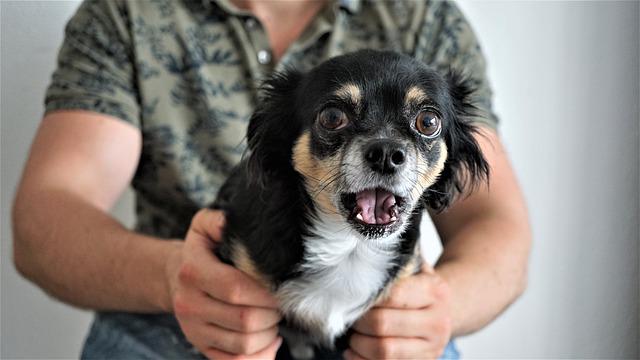
However, fear aggression can be a normal response in specific contexts. For example, a dog's barking and growling in response to an unexpected intruder is an understandable reaction. If anyone tries to pet a dog while they're asleep, the dog may react aggressively. The dog's owner may become agitated as a result of this reaction. Both times, the dog acted aggressively because it was startled and scared, regardless of who it was.
Treating fear aggression requires recognizing that fear itself is causing the dog's aggressive reactions.
Fear aggression symptoms
It's common for fearful dogs to lick, chew, or groom themselves; sniff, yawn, pant, or lick their lips. Growls and whines are frequently heard together in a fearful dog's communication. Whale-eye, or exposing of the whites of the eyes, shaking, lunging, or springing on their owner is a typical sign of scared body language.
RELATED: The 5 Most Common Behavioral Problems with Solutions
Fearful or unexpected situations that are more than one and a half of your dog's length away from them are typically tolerated. Anything frightening that comes closer than that will make them feel uneasy. If you have a scared pup, you may notice signs of nervousness or hostility from a much longer distance. It's possible that their behavior will escalate as the frightening object or person comes closer.
Causes
This specific type of aggression in dogs can result from a variety of situations that cause them distress. The following are examples of stressful or fearful situations:
Human or animal interactions
A dog's fear and aggression can be triggered by both known and unknown individuals, especially if they're not respecting the dog's personal space. Hugging or caressing a dog may make them feel confined and uneasy, similar to how a person can feel when confronted with unwelcome attention.
RELATED: Is There a Thing as an Aggressive Dog
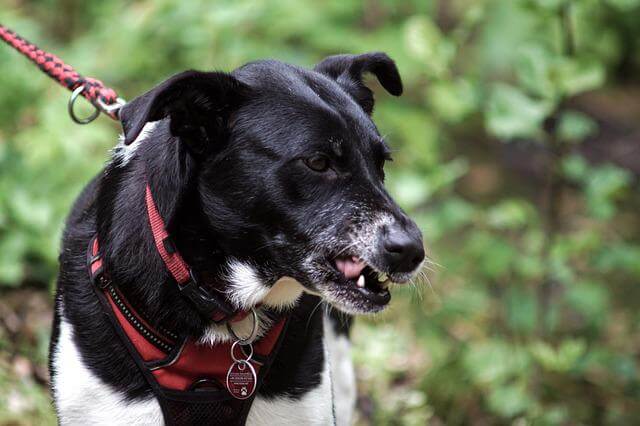
Crowding in contained spaces
Coming at a dog that is hiding beneath a bed, table, or crate may cause fear, especially if they've retreated to that location to hide. Fear can play a role in a dog's reaction to being approached when on the sofa or in a tiny or narrow place (such as a corridor or between two pieces of furniture).
People with unfamiliar traits
Dogs may respond negatively to people who wear or carry items that modify their look (such as hats, sunglasses, or bags) or seem or act in a weird way (such as limping or dancing).
Sudden movements
Other things that can cause fear and aggression include people who move quickly or unexpectedly (such as people who run, jog, and skateboard), as well as loud noises (such as those made by trucks, lawnmowers, and vacuum cleaners).
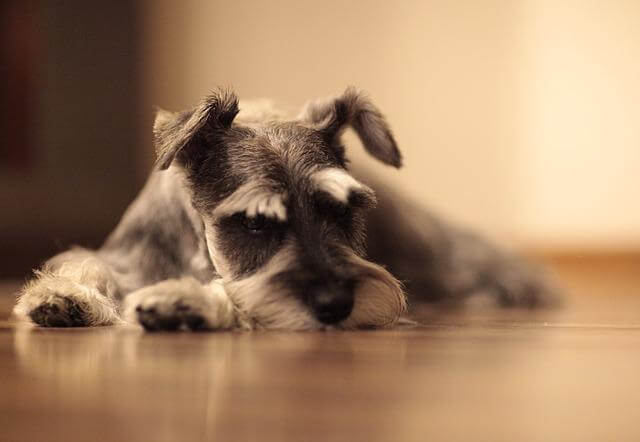
Previous fearful situations
Visiting a vet or grooming facility can be a frightening event for dogs who have had a bad experience there.
RELATED: What Does Dog Growling Mean?
Some dogs tend to be more easily scared or aggressive, and the same case is with humans. This could result from their improper early socialization or their genetics determined that.
The fear aggression's development can also be influenced by experience. Traumatic events in the past can leave a scar on a dog's mind. It's possible for dogs to become aggressive toward other dogs after being assaulted by a strange dog. In the case of fearful dogs, they may learn that snarling or snapping works to avoid a frightening encounter, such as grooming. Dogs that see their owners approaching them with grooming brushes or clippers can react aggressively to avoid the "scary" encounter.
How is fear aggression resolved?
There are several approaches that can be used to assist a dog in overcoming their fear. A behaviorist should be consulted straight away if you detect your dog showing signs of fear. When these issues are discovered early, and before they have a chance to get out of hand, they are much easier to treat.
To find a highly qualified behaviorist, you should look for someone with a Certified Animal Behaviorist (CAAB) or an American College of Veterinary Behaviorist (ACVB) credentials.
In order to get the most thorough treatment for your dog, you should collaborate with someone local. Learn to spot and avoid circumstances that may cause your dog to develop fear. Here are a few techniques to alleviate most issues.
- As much as possible, stay away from situations that can make your dog fearful or aggressive.
- If your dog is terrified of strangers or particular persons, don't stare or urge visitors to interact with your dog. Intimidation is amplified when someone makes direct eye contact with your dog.
RELATED: Food Aggression - 5 Tips For Dealing With It
- Learn what distance your scared dog can tolerate without reacting. Make sure you keep that distance when approaching things that scare your dog.
- Never put your dog in a situation where they are afraid. Always provide an exit path for terrified dogs. They may turn to biting as a last resort if they cannot flee.
- Do not attempt to pet a scared dog's head or reach for their collar. When dogs perceive these activities as threatening, they may react by biting. When it's safe to do so, stroke the dog's sides or chest instead.
- Make a spot where your dog can go voluntarily or be placed to avoid scary situations. That place should be away from the noise, people, and other dogs. A safe environment can be made more fun by using various positive reinforcement methods like toys, snacks, calming pheromone diffusers, and low lighting, among others. If you know your dog will find themselves in a scary situation, give them time to adjust to the situation.
- Your dog's anxieties can be resolved by a behaviorist who will offer training methods. Some behaviorists use muzzles in their training method to keep your dog and others safe. It's crucial to utilize these tools correctly and gradually train your dog so that it's an enjoyable and stress-free experience.
- Calming chews and supplements are available at health food stores and can be used in conjunction with the training.
- Calming pheromones can help create a calming environment for your dog. These can be acquired from pet supply stores as a spray or a plug-in diffuser.
- Prescription medication may be prescribed for your dog in specific instances. Behavioral and veterinary professionals must always be involved in this process, as it is only one aspect of an overall strategy to address the problem. In order to help the dog deal with their aggressive mood and acquire the new habits you want to teach them, these drugs are often helpful tools vets and behaviorists recommend.
World Dog Finder team

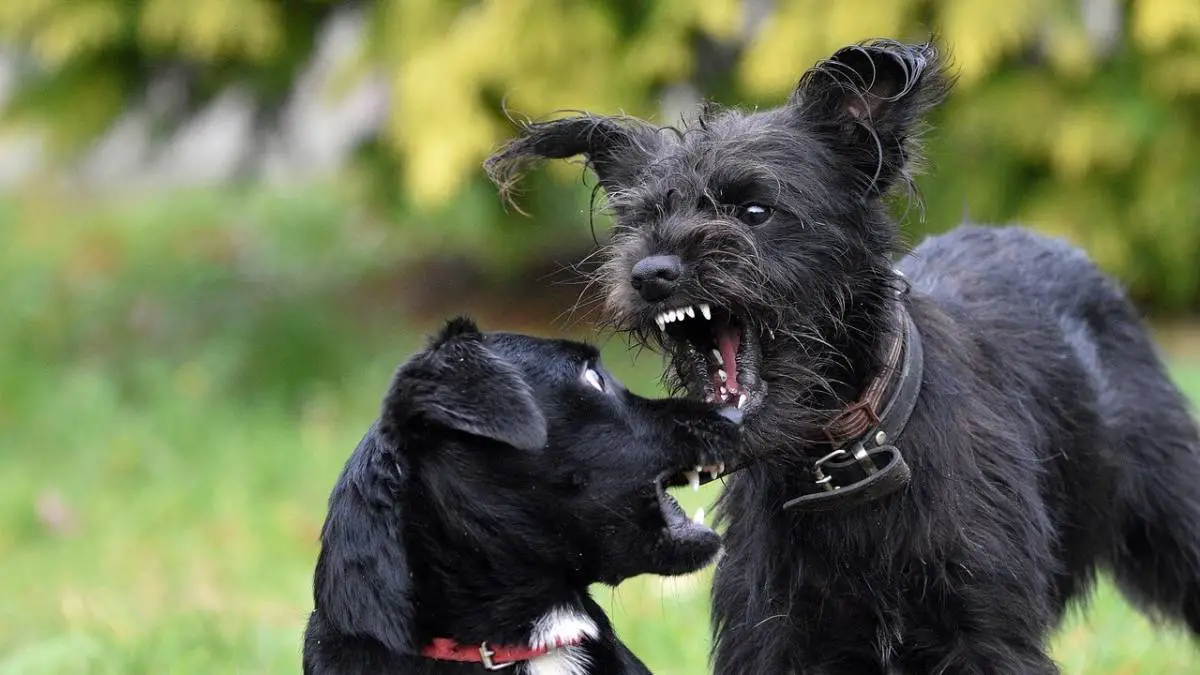



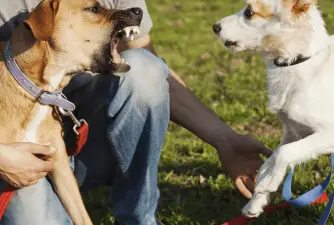

Share